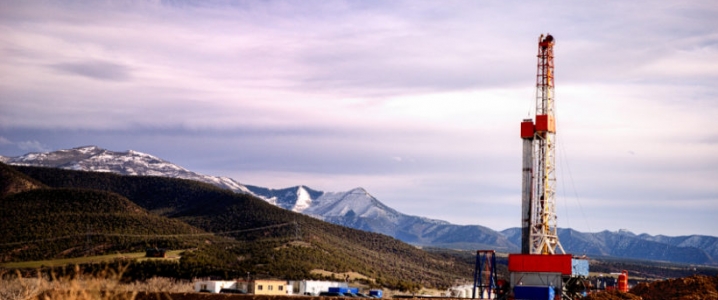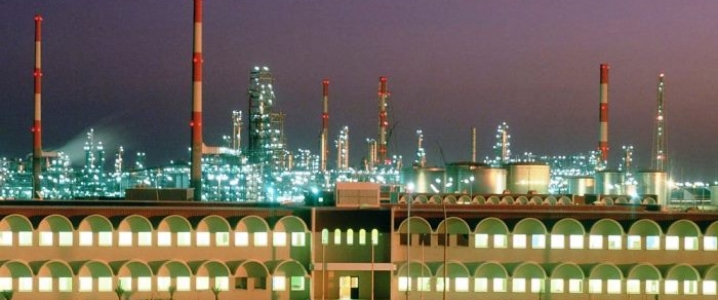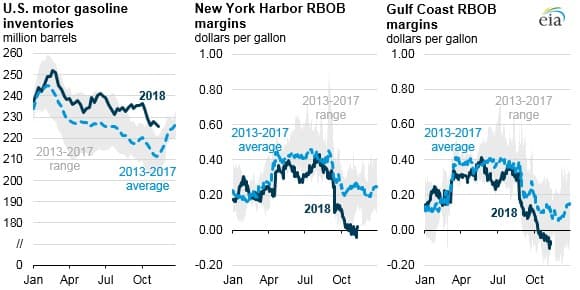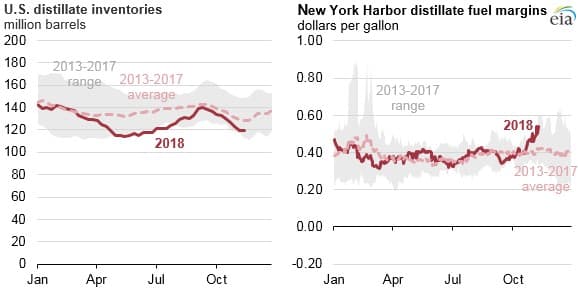If he thought it would inspire confidence in the markets, his bizarre announcement did just the opposite.
Over the weekend, U.S. Treasury Secretary Steven Mnuchin issued a statement saying that he “conducted a series of calls today with the CEOS of the nations six largest banks,” which included Bank of America, Citi, Goldman Sachs, JPMorgan Chase, Morgan Stanley and Wells Fargo, and the bank executives “confirmed that they have ample liquidity available” for consumer and business lending operations. To which, the collective response from the whole world seemed to be: “Wait, who said anything about not having ample liquidity?”
Mnuchin also said that the major banks “have not experienced any clearance or margin issues and that the markets continue to function properly.” Again, since few expected otherwise, the “clarification” from Mnuchin only seemed to sow more fear and confusion.
Mnuchin was scheduled to hold another call with the President’s Working Group on financial markets – commonly referred to as the “Plunge Protection Team” – which includes the Board of Governors of the Federal Reserve System, the Securities and Exchange Commission, and the Commodities Futures Trading Commission. He said that the FDIC and the Comptroller of the Currency might participate as well. “These key regulators will discuss coordination efforts to assure normal market operations,” Mnuchin’s statement said.
The curious statement intended to reassure the markets prompted the opposite response. “This is the type of announcement that raises the question of whether Treasury sees problems that the rest of the market is missing,” Cowen & Co. analyst Jaret Seiberg wrote in a note to clients. “Not only did he consult with the biggest banks, but he is talking to all of the financial regulators on Christmas Eve. We do not see this type of announcement as constructive.” Related: Chinese Refiners Aren’t Buying U.S. Crude
…click on the above link to read the rest of the article…





















